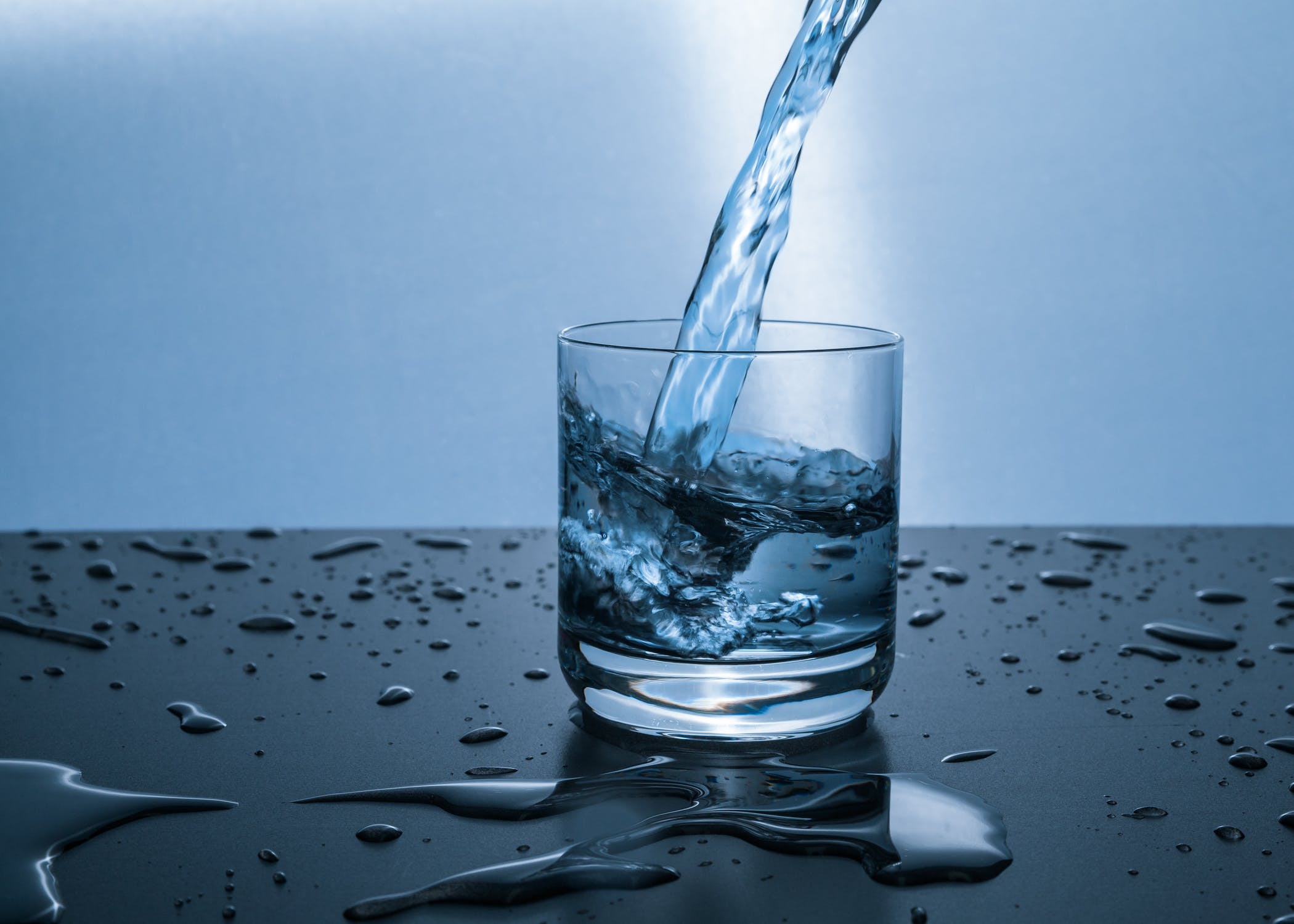Types of Bottled Drinking Water
Bottled water falls under three categories, spring water, natural mineral water, and bottled drinking water. To fully grasp the difference between them we first need to understand TDS (Total Dissolved Solids).
What is TDS?
It stands for total dissolved solids, which measures the amount of minerals, metals, and ions in the water. It is measured by either ppm (parts per million) or mg/liter (1 ppm = 1 mg/liter).
What is the ideal TDS level?
The ideal safe amount of drinking water is anywhere between 50 ppm to 500 ppm.
While according to the WHO (World Health Organization) the palatability of drinking water has been ruled by tastier:
Less than 300 ppm is excellent
300 ppm to 600 ppm is good
600 ppm to 900 ppm is fair
900 ppm to 1200 ppm is poor
More than 1200 ppm is unacceptable
While my personal preference is:
50 ppm to 150 ppm is excellent (150 ppm is the ideal amount for brewing coffee)
150 ppm to 250 ppm is good
250 ppm to 300 ppm is fair
300 ppm to 500 ppm is poor
Keep in mind that high levels of TDS could indicate the presence of harmful toxic minerals that could affect your health. Which is why I prefer water that contains a TDS between 50 ppm to 150 ppm. Another reason is that the palatability of water is light and easy, as high levels of TDS causes the water to be heavy.
What is Spring Water?
Water that comes directly from underground aquifers, where the water naturally surfaces on its own. It is either collected from the surface or extracted from the underground using water well. It is filtered naturally and is considered drinkable with no processing required. They are usually bottled at the source. Well water, groundwater, artesian water, and glacier water all fall under this category.
Bottled at the source, is it beneficial?
Short answer is Yes. When you collect large amounts of water from the spring and transport it to a bottling facility using tanker trucks, you increase the risk of contamination due to multiple transport mediums either from the tanker trucks and pipes; they could also be exposed to the elements. Therefore, they would further need to filter and process the water to make sure no contamination occurred and is safe to drink. Thus, bottling at the source would require no processing and is only bottled.
Natural Mineral Water?
Like spring water, it comes from underground aquifers, but contains higher amount of natural mineral compound like magnesium, calcium, sodium, and potassium. For example, Rawdatain water of Kuwait is considered a natural mineral water due to the high amount of natural minerals it contain with a TDS level of 220 ppm. Nevertheless, be sure to check the amount of these minerals as high levels could also be problematic to your health.
Bottled Drinking Water?
Water that comes from multiple sources as each brand has different sources. It must adhere to local drinking water regulation as it goes through different purification methods to be deemed drinkable water.
Water Purification Methods?
Filtration – water is filtered through a membrane to remove germs and in organic solids.
Distillation – water is boiled, and the water vapor is collected, while the solids are left behind in the old container.
Reverse Osmosis – water is forced, under pressure, through a synthetic membrane that only lets molecules smaller than 0.0001 microns to pass through. What you end with is pure water free of organic contaminates.
Ozonation – water is subjected to ozone gas that disinfects and kills microbes.
UV- Light Treatment – Water is subjected to UV light to eliminate microorganisms and viruses.
Deionization – After reverse osmosis, water is passed through a positive and negative electrode allowing the positive ions to move to the negative electrode. Resulting in pure de-ionized water.
Which is the best bottled water?
Spring water is the best type of bottled water, natural mineral water comes in second, while bottled drinking water comes in last solely due to the extensive purification method needed to be deemed drinkable.

